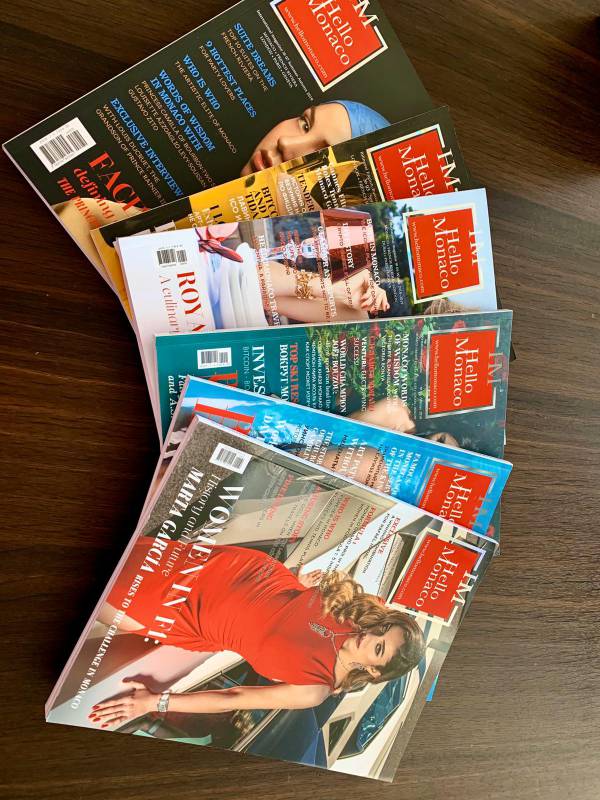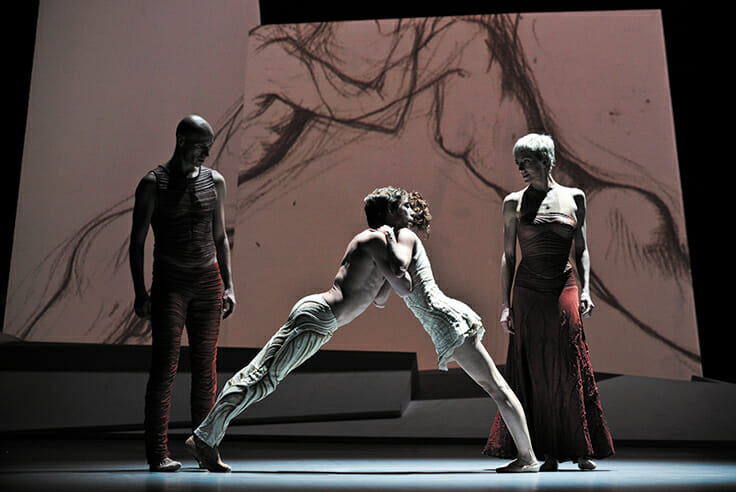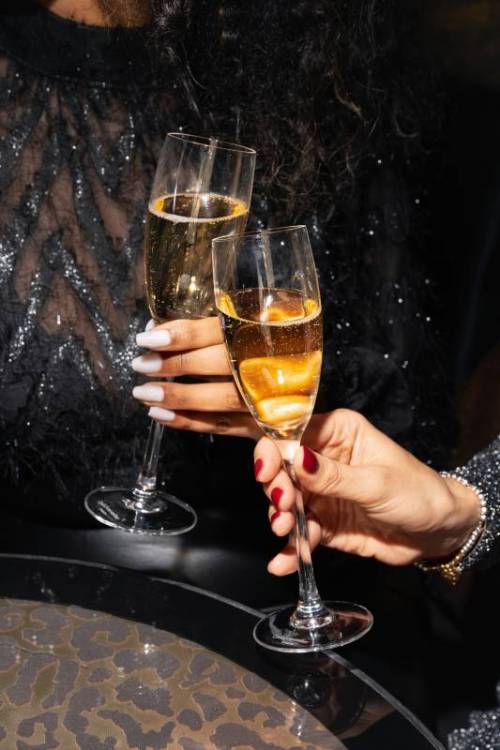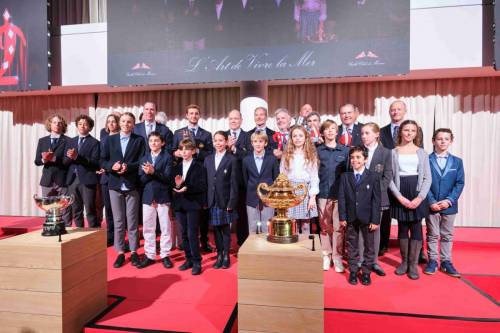The mythical Théâtre des Champs-Élysées in Paris will be offering a week devoted to Russian ballet, featuring performances by the Ballets de Monte-Carlo and the Monte-Carlo Philharmonic Orchestra.
The collaborative show by two of the Principality’s emblematic and internationally renowned institutions, ‘In the company of Nijinsky’, will take place from 8 February until 10 February. The highly anticipated Parisian performances will feature four ballets by choreographers Maillot, Goecke, Verbruggen and Inger, with the Monte-Carlo Philharmonic Orchestra conducted Kazuki Yamada.
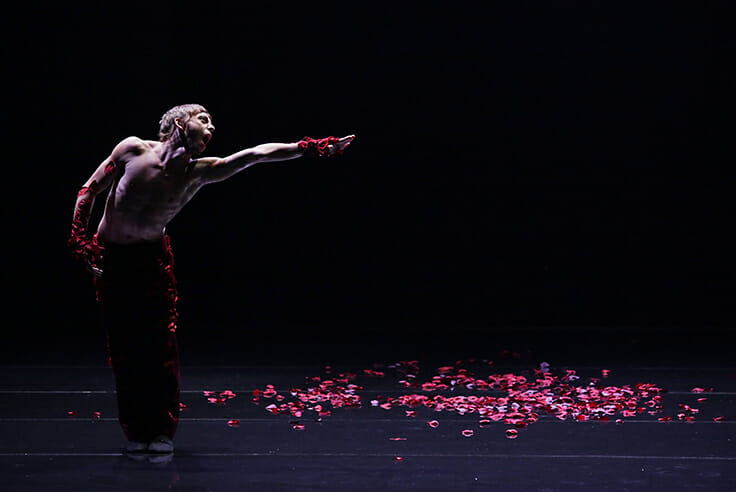
In the first ballet, Daphnis and Chloé, Jean-Christophe Maillot seeks to break away from the original ancient Greek novel and the 1909 choreography to focus on the behaviour of the body and its emotion. The choreographer reveals, through two beings who shudder at the slightest touch, a journey of thwarted lovers. This piece offers an unprecedented collaboration with visual artist Ernest Pignon-Ernest who acts as a scenographer. Audiences can expect a fragile, solid and graceful piece.
Le Spectre de la Rose, choreographed by Marco Goeke, revolves around a young woman who returns from a ball. Falling asleep with a rose in her hands, she dreams of the rose, which jumps into her window to dance with her. Unlike Maurice Béjart, who in 1979 created a parody from the original version, Goecke chose a deeply serious approach. To the main pair, he added six additional performers, and to the original music he added a second piece by Carl Maria von Weber.
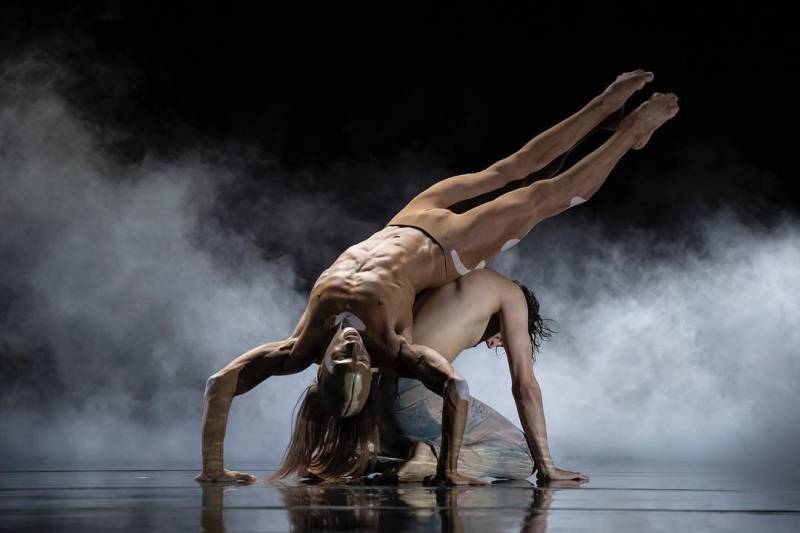
The new ballet is longer and gives the main character the opportunity to embody a new choreographic language. His choreographies often favour power and intensity, and this interpretation veers from the original to give the female role a lot of independence and a lot of power.
Jeroen Verbruggen’s ‘Aimai-je un rêve?’ (‘Did I love a dream?’) pays hommage to Nijinsky’s ‘Afternoon of a Faun’. Like the original, the central theme of this interpretation remains eroticism. But where the emblematic piece originally performed by the Ballets Russes exposes the lust of a hybrid being, Jeroen Verbruggen looks at questions and doubts relating to sexual identity. Who are we sexually? What does our body really want and which unknown experiences is it attracted to? The costume, designed in collaboration with stylist Charlie Le Mindu, echoes back to the original work. Silicone white markings glued to the skin of the mythological creature refer to the costume designed by Leon Bakst. The ballet ressembles a daydream, where the scenography creates a sensation of hazy reality.
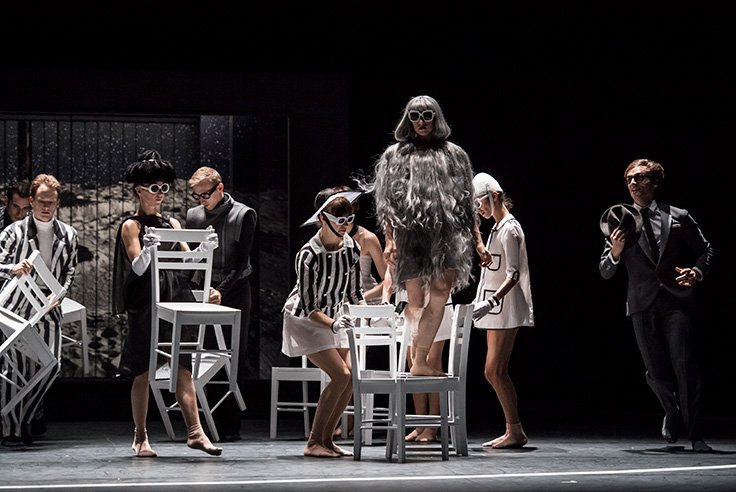
Lastly, ‘Petrushka’ by Johan Inger tells the story of a doll in the hands of a magician who makes her dance and jump under the amazed gaze of an audience in the middle of a folk event. Stravinsky and Benois placed their story in St. Petersburg in 1830 during Carnival.
The original piece wished to endow a clumsy puppet with a soul struggling against the oppression of its master and against the expectations of an audience that it must entertain. Johan Inger takes us into the current and controversial world of fashion, in which dolls become models and the magician is an international fashion guru. Protagonists and consumers are planted in the heart of an incredible circus of vanity.


